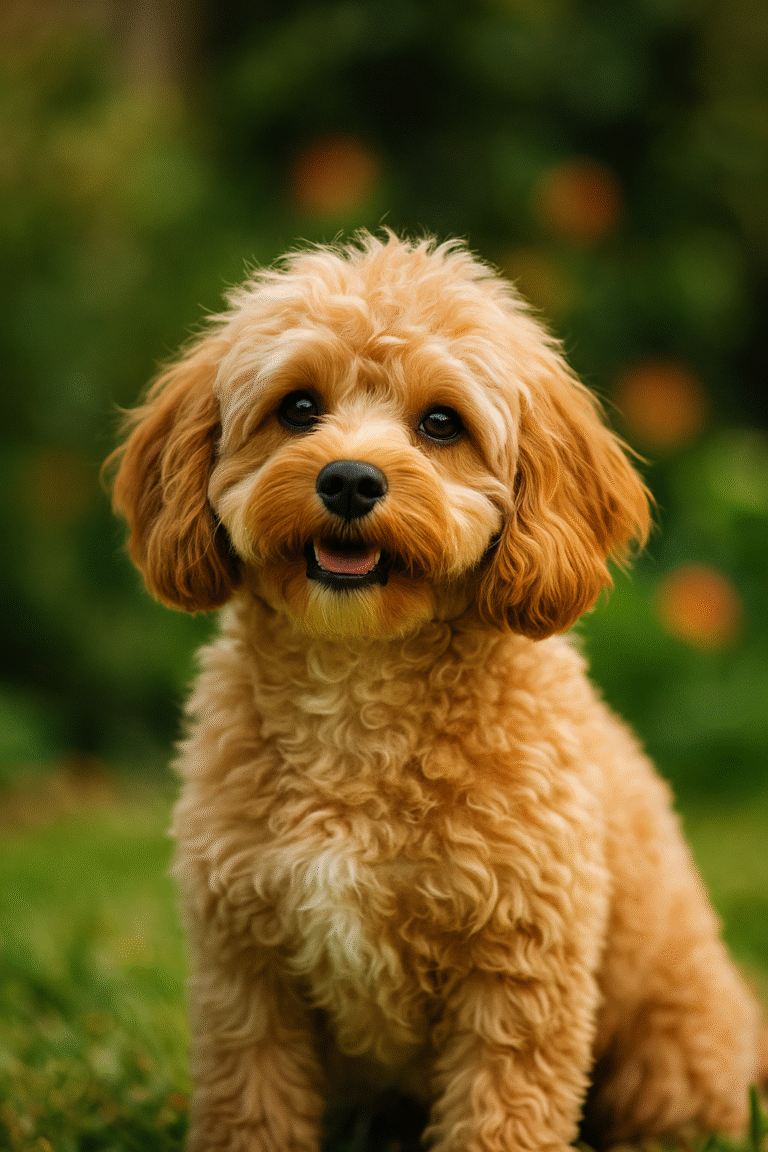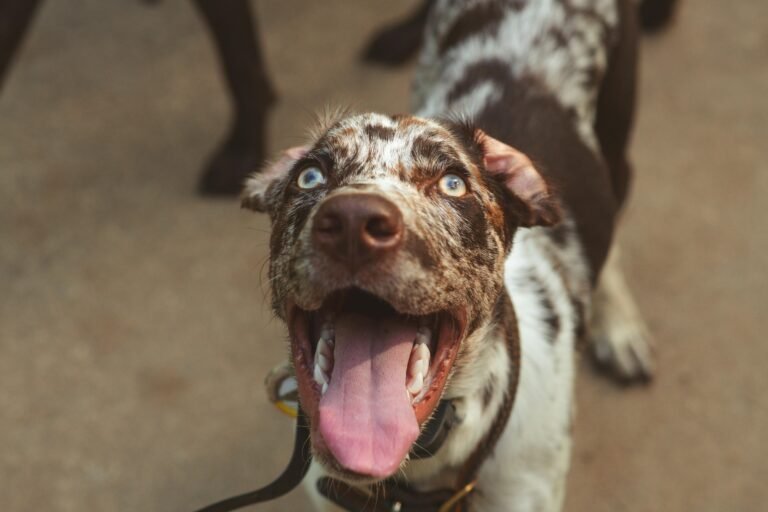The Doberman Pinscher is one of the most iconic guard dogs in the world. With a sleek coat, athletic build, and alert stance, this breed is instantly recognizable. Yet behind its commanding appearance lies a sensitive, intelligent, and loyal companion. Bred originally to protect and serve, today’s “Dobie” excels as a family pet, competitor in canine sports, and steadfast partner for those who appreciate its keen mind and energetic spirit. This article explores the Doberman’s history, physical traits, temperament, and care requirements to help you decide whether this noble dog fits your lifestyle.
Origins and Development
The Doberman Pinscher originated in Germany in the late nineteenth century. Karl Friedrich Louis Dobermann, a tax collector and night watchman, wanted a medium-sized dog that could guard him on his rounds yet remain affectionate at home. He reportedly combined breeds such as the Rottweiler, old German Shepherd Dog, German Pinscher, and various terriers and sighthounds to produce a courageous, intelligent, and swift dog. Early Dobermans served as versatile working dogs, assisting police, military, and personal protection duties. During World Wars I and II, they acted as messengers and sentries, even becoming the official war dog of the U.S. Marine Corps. Their cropped ears and docked tails, once practical to prevent injury, have become part of the breed’s silhouette.
The American Kennel Club (AKC) recognized the Doberman Pinscher in 1908, and the breed’s popularity grew rapidly. Over time, breeders refined the temperament, producing a dog that retained protective instincts while becoming more affectionate and manageable at home. Today, Dobermans are valued as guardians, obedience competitors, therapy dogs, and beloved companions.
Physical Characteristics
Dobermans are medium-large dogs with a muscular, square build and proud carriage. Males typically stand 26–28 inches at the shoulder and weigh 75–100 pounds, while females measure 24–26 inches and weigh 60–90 pounds. Their short, sleek coat lies close to the body and comes in four recognized colors: black, red (chocolate), blue (grayish), and fawn (Isabella), all with rust markings above the eyes, on the muzzle, chest, legs, and beneath the tail. White markings are disqualifying in conformation shows. While docked tails and cropped ears remain common in the U.S., natural ears and tails are increasingly accepted by families and fanciers alike.
The head is long and wedge-shaped with a strong jaw, deep muzzle, and almond-shaped eyes that convey intelligence. Their gait is free, powerful, and ground-covering. The average life expectancy is 10–13 years.
Temperament and Personality
Despite stereotypes, a well-bred and socialized Doberman is affectionate, loyal, and eager to please. These dogs bond deeply with their families and are naturally protective without being indiscriminately aggressive. With proper early socialization, Dobies can be gentle with children and tolerant of other pets. Highly intelligent, they thrive on mental challenges and structured engagement. Without training and stimulation, however, boredom can lead to destructive behavior.
Dobermans require confident, committed owners who can provide guidance and activity. They may be wary of strangers and too energetic for sedentary households. In the right environment, they reveal their affectionate, even clownish side, thriving as devoted family members included in daily life.
Exercise, Training, and Enrichment
Dobermans need at least one to two hours of vigorous activity daily. Brisk walks, jogging, fetch, agility, and obedience training are excellent outlets. Because of their protective instincts, they should only be off-leash in secure areas. Their intelligence makes them highly trainable with consistent, positive reinforcement. Socialization with diverse people, dogs, and environments helps shape a well-adjusted adult. Enrichment activities—puzzle toys, scent games, advanced obedience—keep their minds as engaged as their bodies.
Grooming and General Care
The Doberman’s short coat is low-maintenance, requiring only weekly brushing with a rubber mitt. Bathing is needed only occasionally. Regular nail trimming, ear cleaning, and dental care are essential. Due to their thin coat and low body fat, Dobermans are sensitive to extreme weather. They need coats in cold climates and protection from excessive heat. Above all, they thrive indoors with family companionship and should not be left alone outside for long periods.
Health Considerations
The breed is predisposed to certain inherited health issues. Dilated cardiomyopathy (DCM) is a primary concern, along with Von Willebrand’s disease, Wobbler’s syndrome, hypothyroidism, hip dysplasia, and progressive retinal atrophy. Bloat (gastric dilatation-volvulus) can also occur. Responsible breeders screen for these conditions and provide health certifications. Preventive care, a balanced diet, and weight management are essential for longevity.
Living with a Doberman
Dobermans can adapt to apartments or houses, provided their exercise needs are met. Breed restrictions may apply in some areas, so owners should research local laws. These dogs crave companionship and can develop separation anxiety if isolated for long periods. Interactive toys, training, and canine sports help prevent boredom and problem behaviors. Active families who enjoy including their dog in daily activities will find the Doberman a loyal and rewarding companion.
Finding a Breeder or Adopting
Prospective owners should seek responsible breeders who emphasize health and temperament. Reputable breeders conduct genetic testing, allow prospective owners to meet parent dogs, and often maintain waiting lists. Adoption is also an excellent option—breed-specific rescues evaluate dogs’ temperaments and help match them with suitable homes. Many rescued Dobies are already house-trained and well-mannered, making them great companions.
Conclusion
The Doberman Pinscher is a dog of dignity, intelligence, and unwavering loyalty. Originally bred as the perfect protector, the breed has evolved into a versatile companion—capable of guarding, competing, and snuggling by your side. Owning a Doberman requires dedication to training, exercise, and companionship. For those prepared to meet their needs, the Doberman offers a lifetime of devotion, energy, and unforgettable adventures.






